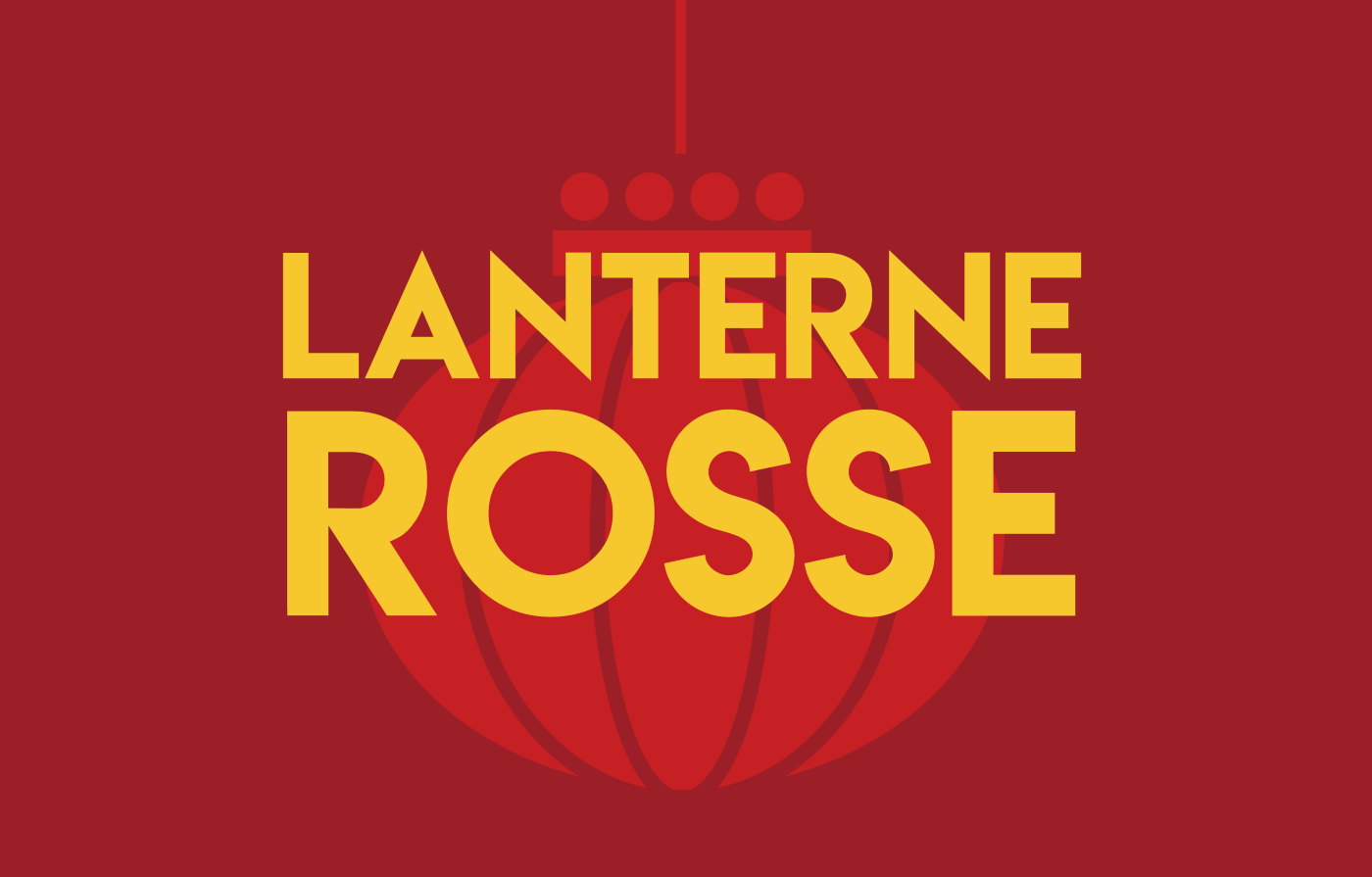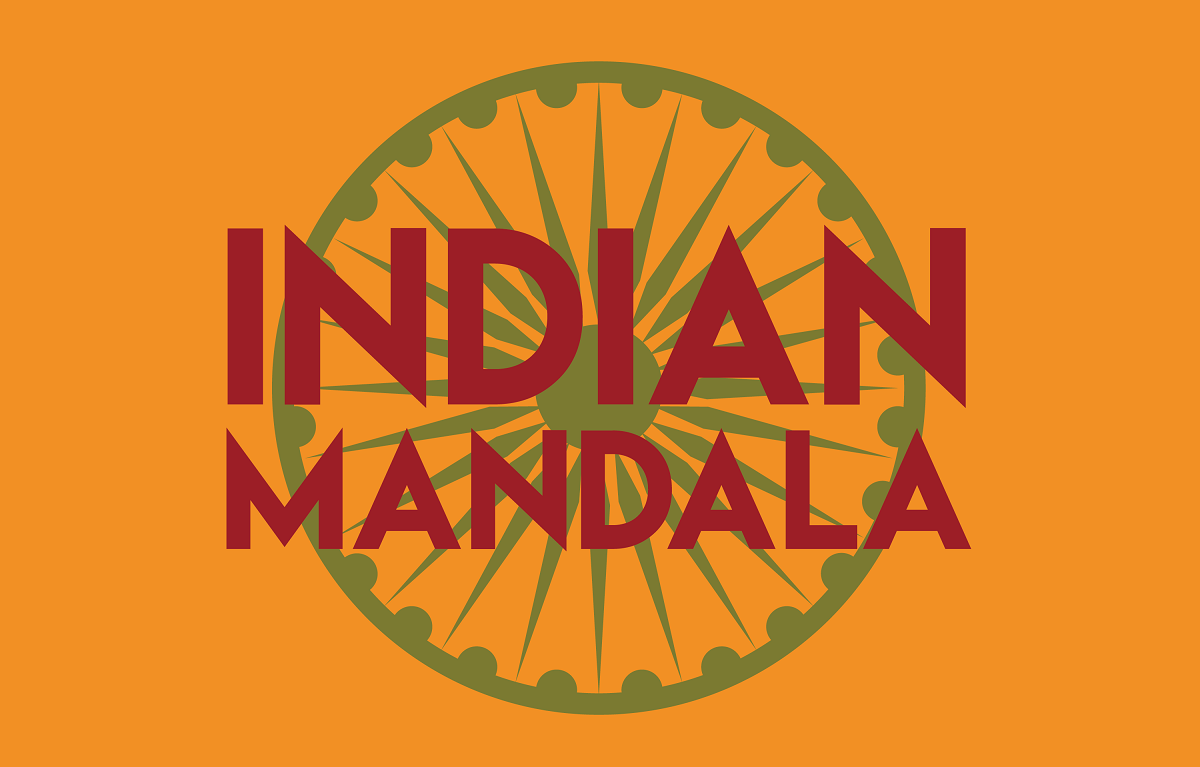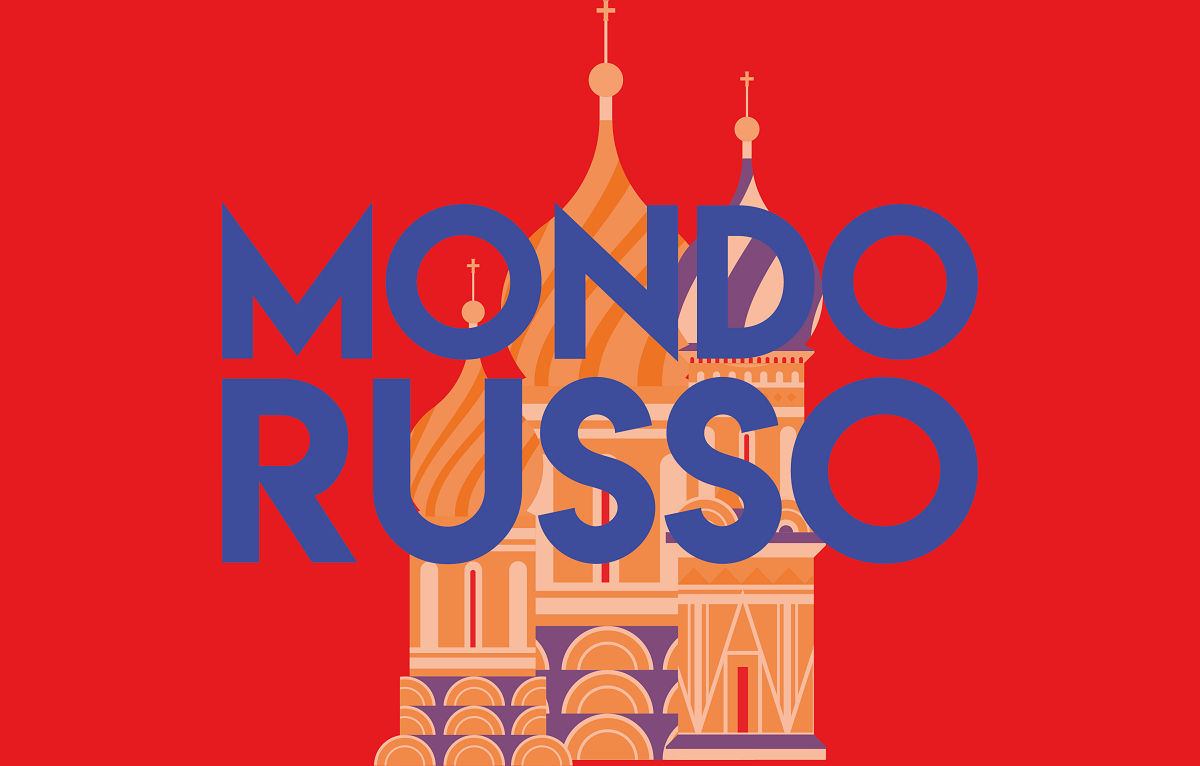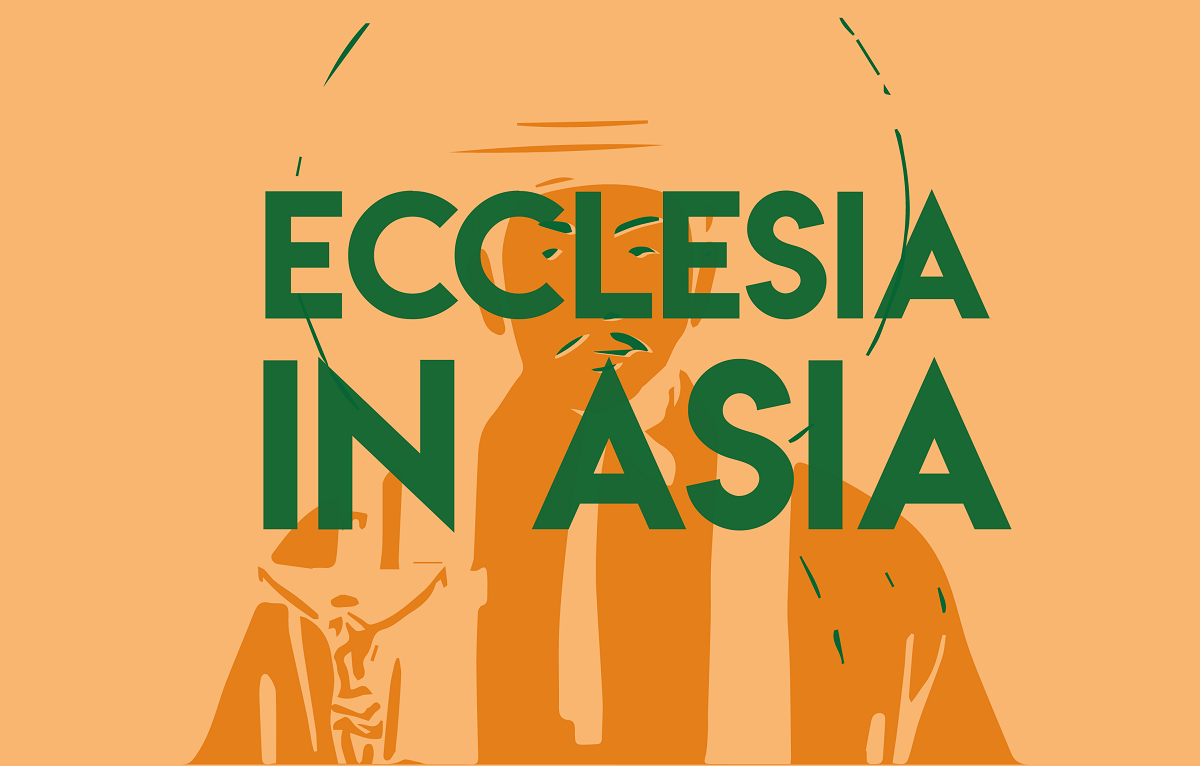The new wall of mines in the war of the worlds
After leaving behind the Ottawa Treaty that banned mines, Ukraine is creating an impassable abyss with Russia, the new explosive "iron curtain" that will mark the destiny of peoples in times to come. In Rome the Synod of Bishops of the Ukrainian Greek Catholic Church discussed with Pope Leo XIV how to proceed with the "spiritual demining" of the hearts of men.
US President Donald Trump is cutting back on delivering weapons to Ukraine, giving free rein to Russian missiles to continue destroying the cities and homes of a defenceless population, a decision clearly from the Kremlin, perhaps to better divide up the world: Ukraine to you, Iran to me, and so on for all the rest.
This will be the probable outcome of the new geopolitical arrangement, which sanctions the victory of Vladimir Putin's plan to undermine "globalised hegemony" and impose a “multipolar world,” which means exalting conflict and divisions instead of integration and peace between peoples.
The age of more or less vast and self-sufficient empires is back while the era of coexistence between different nations and variable systems is at an end, with one formal exception, namely the European Union, whose prospects, however, are of greater fragility and powerlessness.
This is set to be the goal of the war and the outcome of negotiations, which, within the year, will lead to the definition of new military, geographic, political, and psychological borders, in an extended ukraina, a multi-latitudinal “borderland", irrespective of where we can place the East or the West, the global South or the hegemonic North.
While Estonia and the other Baltic states, from Lithuania to Finland, are gearing up to deal with the ever-increasing Russian pressure, Ukraine’s decision to withdraw from the anti-land mine treaty will lead to a new “mined wall” between Ukraine and Russia, an explosive-laden territory between the occupied regions and what Moscow intends to define as a “demilitarised neutral zone,” but which will be almost impossible to cross unharmed.
Ukrainians have long been teaching schoolchildren to distinguish between “petal” mines, small and almost invisible mines capable of severing a foot, and high-explosive “frog” mines; currently, 137,000 kilometres have already been mined, 23 per cent of the entire Ukrainian territory.
Hundreds of people have reportedly stumbled across such devices, since it is extremely hard even for soldiers to see the mines in the grass.
Anti-personnel mines are built specifically to be activated by the victims, intended to kill or seriously maim the most defenceless and inexperienced people, adults and children, farmers and grazing animals, symbol of a reality in which it becomes impossible to defend oneself, both physically and spiritually.
Mines hide and disguise themselves, like fake news, and therefore have a character of strict topicality. Sometimes they are placed under the surface as underground "mine fences", and can only be found with special equipment.
Fighting on the ground may cease, but the threat of mines remains for a long time, and only for the civilian population. Demining is still ongoing in Afghanistan, and in many other zones at war in recent decades, or even centuries. Mines "never die", as experts in the sector put it.
Attempts to ban anti-personnel mines have been underway since 1980, and 65 UN member states have signed the Anti-Personnel Mine Ban Convention (Ottawa Treaty), which in fact has never been applied, since it refers to international conflicts, while most of the mined areas concern internal conflicts, which is how the Ukrainian war is defined in Ukrainian regions, both those occupied by Russia and those still free from Moscow’s grab.
In 1995, the convention was expanded and defined in detail, and had started to have some effect until the Ottawa process in 1996, which decided on a total ban, which Ukraine has now abandoned to defend itself from Russia. The movement that led to the Canadian agreement even won the Nobel Peace Prize, which Putin and Trump are now fighting over with missiles.
By 2017, about 100 of the 150 signatory countries had committed to destroying their mine stockpiles, and 27 proved to be free of landmines. China, Russia, the United States, India, Pakistan, and Middle Eastern countries refused to sign the convention, in a grim sign of forewarning of what came to pass 30 years later.
Ukraine had signed the treaty in 2005, after the “orange revolution” that split it off for the first time from dependence on Russia, and had also destroyed its mines, which have started to proliferate again since the invasion of 2022, both by Ukraine and Russia.
In late 2024, at the end of Joe Biden’s presidency, the US allowed the Ukrainians to place anti-personnel mines; the Ukrainian Foreign Ministry justified this by noting that Russia, which is not a party to the Ottawa Treaty, had begun to place mines on Ukrainian territory since 2014, creating an “asymmetric advantage for the aggressor”.
In the end, President Volodymyr Zelenskyy officially signed the decree ending the agreement, so as not to "become a slave to Russia's extreme cynicism".
A Member of the Ukrainian parliament (Verkhovna Rada), Colonel Roman Kostenko, secretary of the Parliamentary Committee on National Security, Defence, and Intelligence, explained that "the exit from the convention was an inevitable decision for some time. We know that our neighbour ... In the Zaporizhzhia region, the Russians mined all the territory in front of the occupied areas.”
Poland, Finland, and the Baltic Republics have also moved away from the landmine ban, given what was happening on their borders. The important thing is "to do everything in an orderly manner, so as to accurately indicate the minefields on the geographical maps, then we will do the demining, once the war is over", Kostenko said.
In fact, this year Estonia, Latvia, Lithuania, and Poland also announced their intention to withdraw from the Ottawa Convention, and in June, the Finnish Parliament also expressed its opinion in this sense; only Norway does not seem to be inclined towards putting mines back on its territory, for now.
The convention provides that the withdrawal from the agreement cannot be implemented until the end of ongoing fighting, but the Ukrainians intend to present exceptions relating to "extreme conditions".
While mines are being laid to form an impassable abyss with Russia, the new explosive "iron curtain" that will mark the destiny of peoples in times to come, the Synod of Bishops of the Ukrainian Greek Catholic Church was held in Rome, a historic event that opened for the first time with a Eucharistic celebration led by the Major Archbishop of Kyiv, Svyatoslav Shevchuk, and the Holy Father, Pope Leo XIV.
The theme the Ukrainian bishops are working on is the “Pastoral Care of the Family in Times of War” with particular focus on spiritual wounds, divided families, and the role of the Church as a refuge and source of hope.
At the Ukrainian Pontifical College of Saint Josaphat, next to the Vatican, over 50 bishops from all over the world gathered to decide how to proceed with Ukraine’s “spiritual demining”.
As Shevchuk said, “we want to speak to Rome, to the Vatican and to the world about our pain, our suffering, but also about the heroism of our people, our unshakeable spirit, our strength, we want the world to listen to us and support us.”
For his part, Pope Leo XIV said that “in the current historical context it is not easy to talk about hope to you and to the people entrusted to your pastoral care. It is not easy to find words of consolation for the families who have lost their loved ones in this senseless war.” The expressions of faith and hope by Ukrainian men and women are “a sign of God’s strength, which manifests itself in the midst of the rubble of destruction.”
The offers of help by the Holy See give meaning to peace negotiations, as the Pontiff reiterated when he met with the President of Poland, Andrzej Duda. An agreement must be reached to eradicate the mines from the hearts of men, so as not to lose hope in the future, with God’s help.
RUSSIAN WORLD IS THE ASIANEWS NEWSLETTER DEDICATED TO RUSSIA. WOULD YOU LIKE TO RECEIVE IT EVERY SATURDAY? TO SUBSCRIBE, CLICK HERE.
24/10/2019 17:56





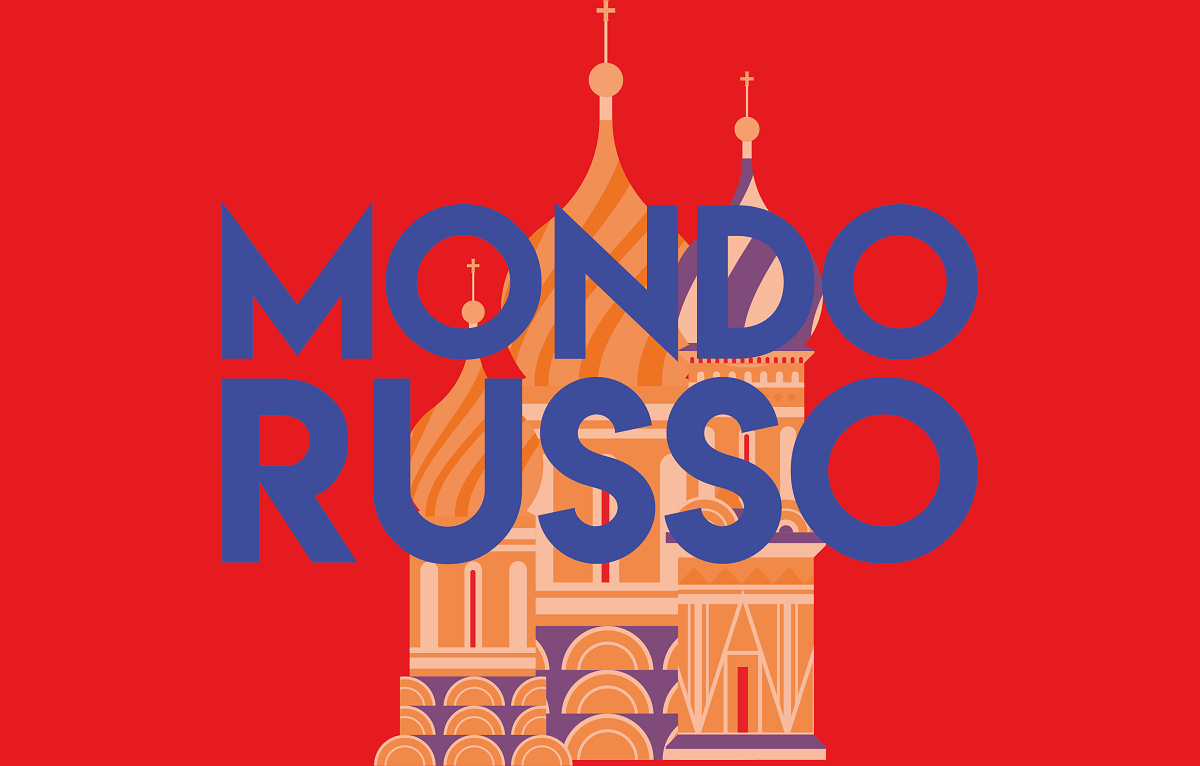

.png)

